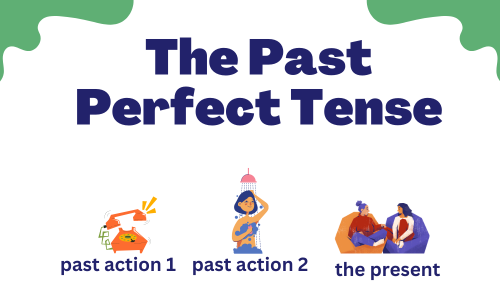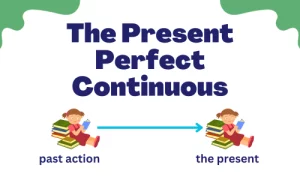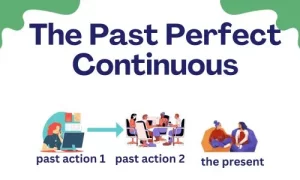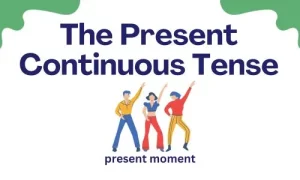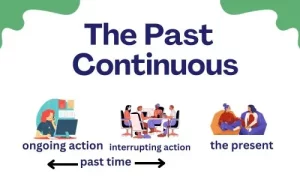Let’s dive into the past perfect tense – a handy tool for talking about the order of past events. No need for complex explanations; we’re keeping it straightforward. Today, we’ll explore how to form affirmative and negative sentences, and how to ask questions without breaking a sweat.
When we want to say something happened before another past action, the past perfect tense is our friend. If there are 2 past actions, the first past action will be in the past perfect tense.
Past Perfect Tense: Forming Affirmative Sentences:
Start with “had” and add the past participle of the main verb. For example, “She had finished her book before the movie started.”
Subject + Had + past participle of the verb
More Examples: Useful English Food Idioms And Their Meanings
1. She had already completed her work by the time her colleagues arrived at the office.
2. We had lived in that neighborhood for ten years before we decided to move to a different city.
Past Perfect Tense: Forming Negative Sentences:
To say something didn’t happen before another event, just add “not” after “had.” “They had not seen that movie before last night.”
Subject + had + not + past participle of the verb
More Examples:
1. They had not finished their project before the deadline.
2. She had not visited that museum before last summer.
Past Perfect Tense: Forming Questions:
Swap the position of the subject and the auxiliary verb “had” when making questions. “Had you visited that museum before the school trip?”
Had + subject + past participle of the verb
More Example:
1. Had you met him before the conference?
2. Had they traveled to Europe before their honeymoon?
Related Article:
When to Use Past Perfect Tense:
1. Sorting Past Events:
– Use past perfect to show the order of two past actions. “He had already left when I arrived.”
2. Expressing Regret or Surprise:
– Use it to express regret or surprise about something that happened earlier. “I had never seen such a beautiful sunset before.”
3. Narrating Past Tales:
– When telling a past story and you need to explain the order of events, toss in the past perfect. “She had lived in Paris for ten years before moving to London.”
Usage Tips:
1. Be Clear with Past Time:
– Always mention a clear past time in the sentence to show when things happened. “By the time I arrived, they had already left.”
2. Pair with Simple Past:
– Team up past perfect with simple past to talk about the order of actions. “She had finished her homework before she watched TV.”
3. Keep It Simple:
– Don’t overthink it. Use past perfect when you really need to show the order of past events, not every single time.
There you have it – past perfect tense made crystal clear. Now you’re equipped to narrate past events with ease. Practice a bit, and soon you’ll be using past perfect like a language pro!
Need to practice your English skills? Explore Aral Hub’s English speaking classes and speak the language confidently in no time!

